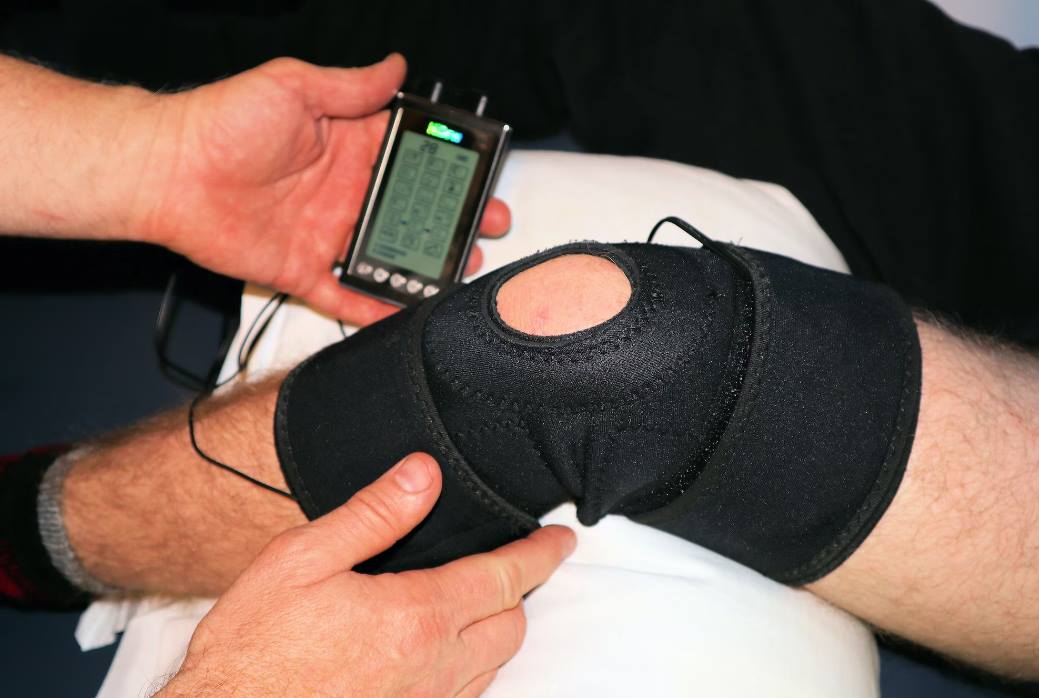Injury recovery is a critical aspect of healthcare that everyone should be cognizant of, whether you’re an athlete, a fitness enthusiast, or an individual leading a sedentary lifestyle. Understanding the recovery process not only helps manage expectations after an injury but also guides effective participation in your rehabilitation. This document aims to shed light on key elements you should know about the injury recovery process, offering guidance and insights to navigate this often challenging journey.
The Phases of Injury Recovery
The injury recovery process typically unfolds in four distinct phases, each contributing to the overall healing. The first phase, the inflammatory response, is your body’s immediate reaction to injury, characterized by swelling and pain. The second phase, the proliferative phase, involves the body generating new tissue. The third phase, the maturation phase, is where this new tissue strengthens. Finally, the remodeling phase involves the final adjustments that return the injured area to normal functionality. Understanding these phases can help you be patient with your body and set realistic recovery goals. Your body needs time to heal, and the recovery process can take anywhere from weeks to months, depending on the severity of the injury.
The Benefits of Physical Therapy in the Injury Recovery Process
Physical therapy is an essential component of injury recovery, and it’s crucial to start as soon as possible after the injury. Physical therapists are trained professionals who specialize in helping patients recover from injuries, surgeries, or chronic conditions through exercise, manual techniques, and education. They create personalized treatment plans based on your specific needs and limitations to help you regain strength, mobility, flexibility, and function. If you are trying to find the best physiotherapy clinic, a note-worthy piece of advice from Pillars of Wellness suggests ensuring that the healthcare center uses evidence-based practices and tailored intervention strategies to guide you towards a successful recovery. If you’re still not convinced, remember that physical therapy can also reduce the risk of reinjury by addressing any muscle imbalances and correcting improper movement patterns.
Factors Influencing Recovery Time
The time it takes to recover from an injury varies depending on numerous factors. Factors that can influence recovery include the type and severity of the injury, your overall health and fitness level, and adherence to rehabilitation protocols. Other factors like age, nutrition, and lifestyle habits can also impact the speed of recovery. It’s essential to work closely with your healthcare provider to understand the unique factors affecting your recovery time and make necessary adjustments accordingly. Some of these factors may be out of your control, but staying dedicated to your rehabilitation plan can positively influence the recovery process.
The Importance of Rest and Rehabilitation
Rest is a critical component of the injury recovery process as it gives the body time to heal. It’s essential to listen to your body and avoid pushing yourself too hard or too fast, as this can prolong recovery or lead to further injury. Along with rest, following a tailored rehabilitation plan is crucial for recovery. Rehabilitation exercises and therapies help rebuild strength, flexibility, and range of motion in the injured area. It’s essential to follow your rehabilitation plan diligently and communicate any concerns or setbacks with your healthcare provider. While it may be tempting to rush the process, it’s essential to trust in the process and give your body the time it needs.
Coping Strategies During Recovery
The injury recovery process can be physically and emotionally challenging. Dealing with pain, limitations, and setbacks can take a toll on your mental well-being. It’s essential to have coping strategies in place to help you navigate these challenges. Some helpful coping strategies include staying positive, setting realistic goals, seeking support from loved ones, and practicing self-care. It’s also important to stay connected with your healthcare provider for guidance and support throughout the recovery process. A lot of patience, perseverance, and self-care are needed to successfully navigate the ups and downs of injury recovery.
Each phase of recovery, from the immediate inflammatory response to the final remodeling, serves a specific purpose in restoring your normal function. Incorporating physical therapy into your recovery plan can expedite healing, improve functionality, and prevent re-injury. Factors that influence recovery time include the nature of the injury, your overall health, and adherence to your rehabilitation plan. Rest, rehabilitation, and effective coping strategies are essential components of a successful recovery journey. Remember, while the process may be challenging, patience, perseverance, and self-care will pave the path to your recovery. Stay committed to your rehabilitation regimen, listen to your body, and maintain open lines of communication with your healthcare provider.

Speaks from heart, always too passionate and driven by emotions. Spins the words with kindness & sharpness, intriguing your ever-inscrutable minds.



